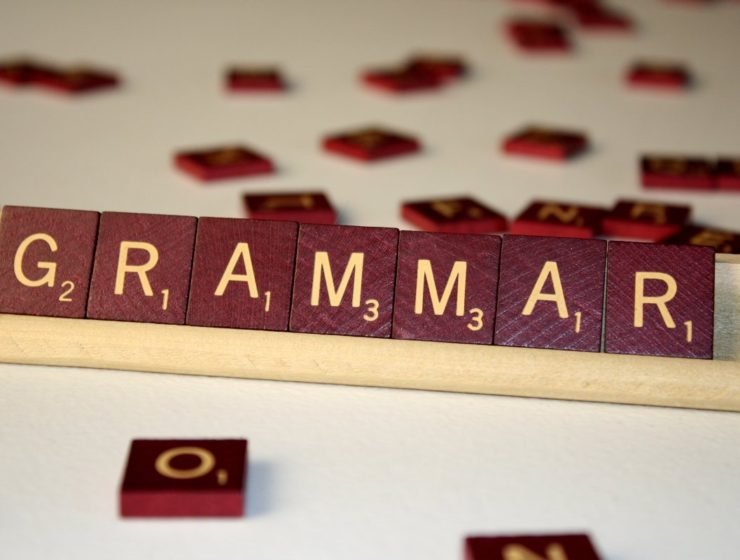Self-study slovenian language materials
Slovenian Language
Language courses in Slovenia
Numerous courses for study of Slovenian language, are provided by the University of Ljubljana, at The Center for Slovene as a Second/Foreign Language, Faculty of Arts. Applicants have a choice of short courses, a half-year course, short winter and summer school, personal tuition, and the annual full year course.
VCE outcomes, Unit 1-4
The summary of outcomes and assesment tasks
CSF Course Outline Sample 1
CSF Course Outline tables showing objectives, outcomes and general instructions to the course.
Stress, gender and number
As in English, stress in Slovenian can fall on any syllable of a word : máti(mother); govorìti (to speak); zakaj (why). In the vocabularies the stress is always marked. In diferent forms of the same word, the stress occurs quite on different syllables: nosìti – nósim, móž – možÃ¡, člôvek – človèka. A few words have no stress whatsoever.
Declension
Slovenian expresses with its endings not only number and gender, but also relationships between the different words in the sentences (which in English are expressed by means of prepositions). There are a total of six forms for these relationships – which are called cases.
Text types
When we communicate, we use a wide variety of language forms, which have their particular structure, style and purpose. They have been called text-types or discourse forms.
Language functions
The following is an extensive, but not exhaustive, list of a variety of functions, which form a part of communication between people, and could be useful in any teaching approach:
Linguistic elements
Students should understand the regularity of the relationship of sounds and letters in Slovenian, from the point of view of both accurate pronunciation and spelling in written Slovenian.
CSF Guidelines for Languages Other Than English in Victoria
In 1996, in the wake of VCE reform, Victoria inaugurated another major educational reform of the education system over eleven years of schooling preceding the VCE Year 11 and 12. With publication of Curriculum & Standards Framework, Victorian schools began a process towards a new approach to learning outcomes, teaching, and assessment.


